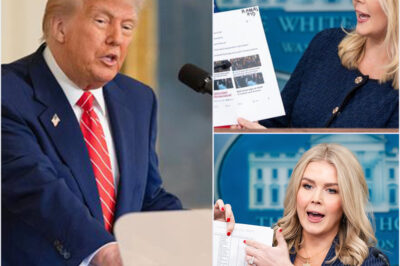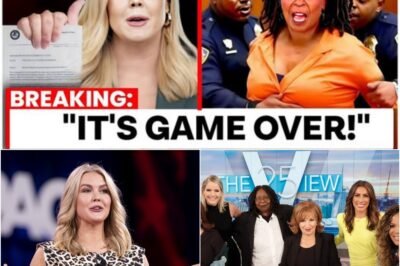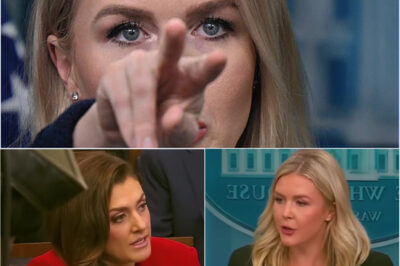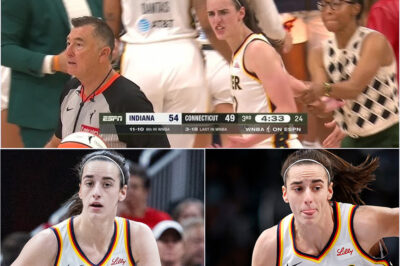The Caitlin Clark Dilemma: What Happens When the WNBA’s Brightest Star Is Treated Like Its Scapegoat
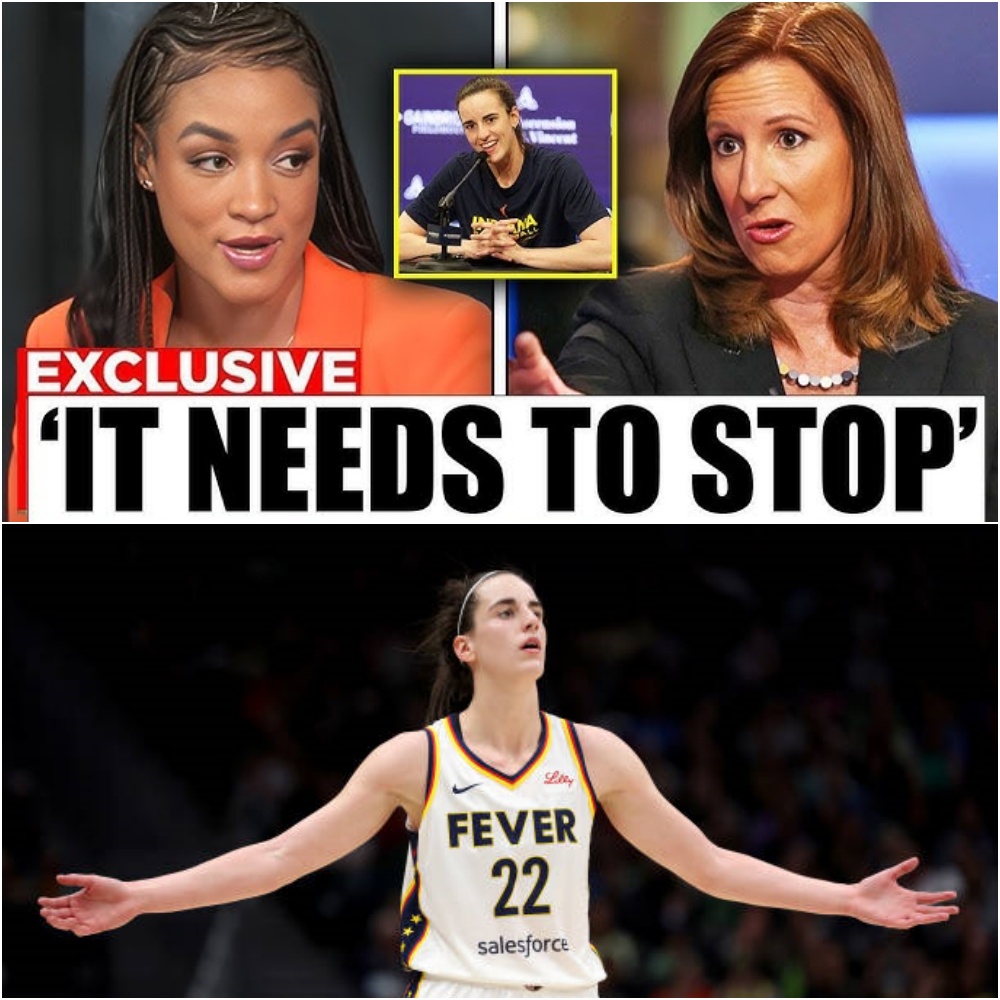
It didn’t start with a headline. It started with bruises.
Visible. Repetitive. Unexplained.
On arms. On shoulders. On hips. The kind of marks that don’t just show up in highlight reels—but in questions whispered across locker rooms, group chats, and eventually, national broadcasts.
Caitlin Clark, the record-shattering rookie who has singlehandedly redefined the commercial power of the WNBA, entered the league with an aura that hadn’t been seen in decades. She didn’t just bring fans. She brought a cultural moment. Sold-out arenas. TV ratings never seen before in women’s basketball. Economic momentum that forced major networks to recalibrate their entire summer programming.
But somewhere between her debut three-pointer and her last postgame press conference, the tone around Clark shifted.
What began as hype became hostility.
And in recent weeks, the league’s brightest spotlight has started to feel more like a crosshair.
From Golden Girl to Open Target
When Clark entered the WNBA, she was never going to be “just another rookie.” She brought with her not just collegiate records and media buzz, but an entire ecosystem of fans—many new to the league, some skeptical, most hungry for something different.
From day one, she delivered.
But so did the hits.
Hard screens. Elbows to the ribs. Blindside contact that barely triggered a whistle. Videos flooded social media of Clark being shoved to the floor with no foul called, while referees looked the other way.
At first, it was chalked up as “rookie treatment.” Then “welcome to the pros.” Then “she needs to earn her place.”
But the evidence kept mounting.
This wasn’t initiation. It was escalation.
And slowly, the league’s silence started to sound a lot like consent.
When Media Starts to Blink
For weeks, major sports networks skirted the conversation. Maybe they were afraid of overhyping the issue. Maybe they feared inflaming racial tension in a league that already carries complicated dynamics.
But eventually, the footage was impossible to ignore.
Commentators began calling it what it was.
“They’re beating this girl up, man,” one ESPN analyst said. “And the league is allowing it.”
That comment alone launched a thousand think pieces, TikToks, and podcast rants. The coverage, once timid, turned pointed. Slow-motion replays of uncalled fouls aired side-by-side with questions about officiating, team dynamics, and whether Clark’s rise had triggered something more than just competitive resistance.
Because at a certain point, a hit stops looking like defense—and starts looking like a message.
Beyond Physical: The Culture Question
Basketball is a contact sport. Everyone knows that. But there’s a line.
And Caitlin Clark’s game has become the chalk outline.
In clip after clip, she’s knocked down in ways that feel increasingly personal. Not by accident. Not incidental. Deliberate. Strategic. And unchecked.
In one viral moment, she’s blindsided mid-drive with a body check that looks closer to hockey than hoops. The ref is five feet away. Nothing is called.
The crowd gasps.
The replay goes viral.
The league issues silence.
“Some of these hits would be felonies outside an arena,” one social media commenter wrote. It sounds like hyperbole—until you watch it yourself.
The Underlying Current: Race, Power, and the Marketing of Fame
Let’s not pretend this is just about fouls.
Underneath the noise lies a question that has haunted the league long before Clark arrived: What does it mean when a white player becomes the face of a predominantly Black league?
Clark’s fame is not just about her game. It’s about her image. Her relatability. Her marketability. And her ability to pull in brands and fans who had long ignored women’s basketball altogether.
Some players, justifiably, have expressed frustration. That Clark is being promoted above veterans. That her jersey is stocked while theirs remain unavailable. That the machine behind her ascent doesn’t look like the rest of the league—and doesn’t answer to them.
There’s nuance here. There’s truth.
But the answer to an uneven spotlight isn’t to knock someone into the floorboards.
And yet, that’s what keeps happening.
Where Is Her Team?
If the hits were all Clark had to deal with, maybe it would be enough. But what makes her situation all the more alarming is what’s happening—or not happening—on her own sideline.
Indiana Fever head coach Christie Sides has been widely criticized for what fans are calling “strategic passivity.” There are few timeouts called when Clark is getting swarmed. No mid-game adjustments. No evident outrage when she takes another uncalled hit.
At times, it doesn’t even look like the bench reacts.
And that silence is starting to look deliberate.
“If you’re not protecting your franchise player, what exactly are you coaching?” asked one former WNBA guard on a podcast last week.
The league’s most talked-about athlete is on the floor every night with a target on her back—and so far, she’s had to navigate it alone.
The League Cashes In. But Protects Nothing.
It’s worth noting: the WNBA is in the midst of an economic boom—largely fueled by Caitlin Clark.
Tickets are sold out. TV ratings are breaking records. Corporate sponsors are finally calling.
And yet, the very league reaping those rewards has failed to publicly defend her. It’s as though they’re willing to let her be bruised nightly—as long as the highlight clips keep circulating.
Every game, Clark generates content that fuels the WNBA’s social channels. Every hard foul becomes another viral moment. Every “casual fan” defending her online becomes a gateway to broader engagement.
She is being monetized.
But she’s not being protected.
Sophie Cunningham Steps Up
It wasn’t until a matchup with the Phoenix Mercury that Clark finally got a visible show of solidarity—this time, from teammate Sophie Cunningham.
After yet another foul that went uncalled, Cunningham stepped in. Not just physically, but symbolically. She made it clear: someone was watching. Someone cared.
That clip, too, went viral.
Cunningham’s follower count skyrocketed. Fans praised her as the teammate Clark deserves. It should never have taken a viral moment for basic camaraderie to show up—but in today’s WNBA, apparently, it does.
The Breaking Point Isn’t Far Off
There is a reason Caitlin Clark’s story has captivated audiences far beyond the traditional WNBA base. She’s not just a player. She’s a symbol—of hope, of tension, of transformation.
But she’s also a warning sign.
Because every league that’s tried to build itself on the back of a star without protecting that star has paid the price.
And right now, the WNBA is playing a dangerous game.
How long can Clark keep doing this? How many elbows, how many dismissals, how much strategic isolation can one player endure—before the same fans who fell in love with her start asking if she’s better off walking away?
Final Thoughts: This Is a Test
Caitlin Clark doesn’t need special treatment. But she does deserve fair treatment.
And so far, she’s not getting it.
This is no longer about one player. It’s about what kind of league the WNBA wants to be.
Is it a league that protects its stars? That fosters growth? That welcomes new fans without alienating its veterans?
Or is it a league that sees value only in the spectacle—and lets the body count grow as long as the headlines stay hot?
Caitlin Clark has already shown the world what she’s made of.
Now it’s the WNBA’s turn.
And it’s running out of time to answer.
News
Peacemaker in Chief: Leavitt Unveils Trump’s Bold First Six‑Month Climb Behind the confident rhetoric and bold maneuvers lies a story that’s only just beginning—prepare to be taken on a journey of strategy and impact.
“Peacemaker in Chief”: Leavitt Frames Trump’s First Six Months as Historic Wins WASHINGTON, D.C. – July 14, 2025 – In…
Karoline Leavitt Just Won an $800 Million Lawsuit Against The View—And It May Have Just Redefined the Boundaries of Live Television
Karoline Leavitt Just Won an $800 Million Lawsuit Against The View—And It May Have Just Redefined the Boundaries of Live…
Karoline Leavitt Shuts Down Critics with One Sentence — A Masterclass in Political Rhetoric Karoline Leavitt let the question finish, then silenced her critics with one precise sentence. No shouting, no drama — just pure political mastery. FULL STORY BELOW👇
“Karoline Let Her Finish, Then Crushed Her With One Sentence” In a test of political finesse, Karoline Leavitt once…
Karoline Leavitt’s Political Rhetoric SHATTERED in One Sentence — And Democrats Are Taking No Prisoners
“Karoline Leavitt’s Political Games Won’t Save Her From the Truth” In the fast-paced world of American politics, Karoline Leavitt has…
“ARE YOU KIDDING ME?” Caitlin Clark Held Back After Fiery Confrontation with Referee — And What Happened Next Left Fans in Shock
“ARE YOU KIDDING ME?” Caitlin Clark Held Back After Fiery Confrontation with Referee — And What Happened Next Left Fans…
Behind the Scenes at CBS: Lesley Stahl’s Silent Stand and the Unraveling Nobody Saw Coming
It didn’t happen on the air. There were no fireworks during the broadcast. No raised voices. No awkward moments caught…
End of content
No more pages to load

